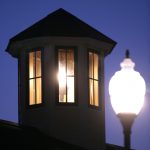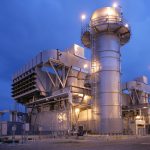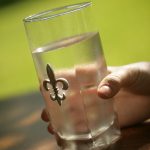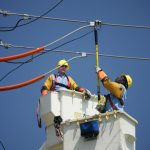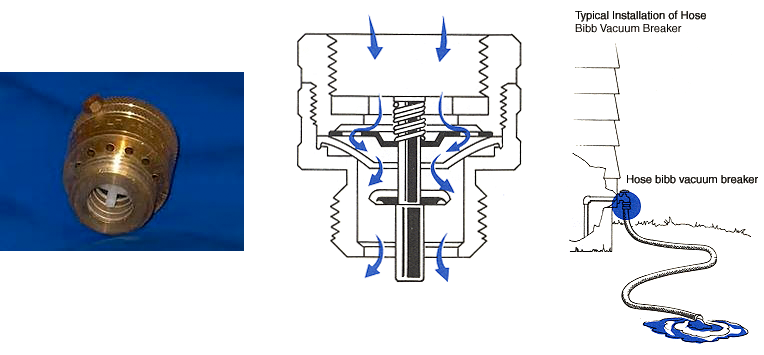Backflow Prevention
Protecting the Water Supply is Everyone’s Responsibility!
How many times have you put a garden hose in a bucket of soapy water to wash the car? Or sprayed insecticide with a garden hose sprayer? Or attached a hand spray attachment to the kitchen faucet to wash your hair or the dog? These seemingly harmless actions create cross-connections that could endanger the health and safety of you, your family and your neighbors.
The danger comes when the hose comes in contact with a harmful substance, if the pressure in the water main drops while the hose is submerged in contaminated water, then the water (and whatever’s in it) could be back siphoned into your pipes and the drinking water supply. Water pressure drops are not uncommon. They can occur when hydrants are opened to fight fires or during repairs to a broken water main.
When we use water from our faucets, we expect it will be free from contamination. Lafayette Utilities System Cross-Connection Control and Backflow Prevention Program help prevent contaminated water and other unapproved substances from entering the public water system.
Remember “If you don’t want to drink it, don’t connect your water system to it.”
2015 International Plumbing Code Backflow/Cross-Connection Control Requirements (PDF)
Annual Testing Requirements
Prices vary among testers. We suggest contacting several certified testers to obtain quotes for your test.
If you have questions regarding the Cross-Connection Control and Backflow Prevention Program, contact Janalice Duplechien at (337) 291-5756 or jduplechien@lus.org.
What is a Cross-Connection?
What is Backflow?
Residential Requirements
OUTSIDE FAUCETS
Garden Hoses are an extension of your homes water supply. Water users commonly use garden hoses for a variety of purposes including:
• Watering lawns, flower beds and gardens
• Washing cars, houses and pets
• Filling pools, hot tubs, ornamental fountains and fish ponds
• Applying liquid fertilizers, pesticides and herbicides
Many of these purposes may involve attaching a chemical reservoir to the end of a hose which has the potential to contaminate the water supply. Hose Bib Vacuum Breakers are simple, low cost devices that should be used to prevent backflow of water when engaging in the use of water hoses.
Hose bib vacuum breakers (HBVB) consists of a spring-loaded check valve that seals against an atmospheric outlet when the water supply is turned on. When the supply is turned off, the device vents to atmosphere, thus protecting against backsiphonage conditions.
Homeowners can easily install HBVB’s which are available at many plumbing supply stores.
Lawn Sprinkler Systems
Lawn sprinkler systems pose particular hazards because the heads are at ground level and subject to applications of fertilizers and pesticides and infiltration by parasites and bacteria. Without any type of protection, a backflow event could easily draw contaminates in through the sprinkler heads, through the irrigation piping system and into the potable water distribution system.
Depending on the type of irrigation system: Air Gaps, Vacuum Breakers (Pressure, hose or atmospheric depending on the application) or Reduced Pressure Assemblies is required to isolate the irrigation system from the potable water system.
Backflow Protection Is REQUIRED On All Irrigation Systems
• Pressure vacuum breaker may be used for irrigation systems with no injector pumps.
• Reduced pressure assembly is required for irrigation systems with injector pumps.
A plumbing permit is required to install lawn irrigation sprinkler systems. Contact Lafayette Consolidated Codes Division at (337) 291-8461 to obtain permits.
Private Wells
Some homes have backup water systems supplied by private wells. If these systems are interconnected, the well pump may overcome the pressure in the public water supply causing backpressure backflow. Because private supplies are not tested and regulated by governmental agencies, they may pose a hazard to the potable water system and must be equipped with proper backflow protection.


